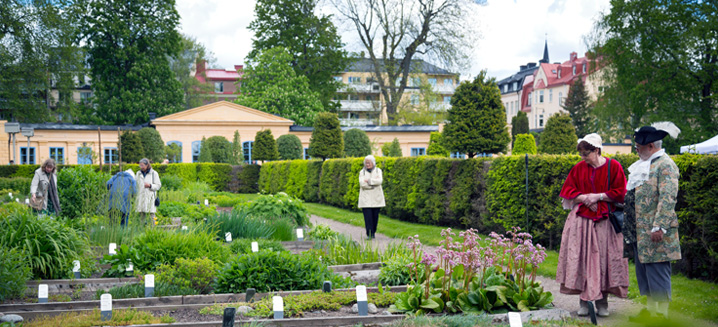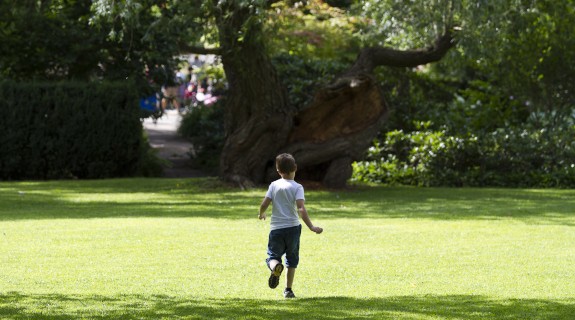
Uppsala, Sverige
Stadsträdgården (City Garden) is Uppsala residents’ green living room, and a natural destination throughout the year. There are flowerbeds, expanses of grass, an outdoor stage, a large playground and the myth-shrouded “Island of Bliss” in the small lake, which was once a brick pit.
Are you longing for soothing greenery and floral splendour? Or would you prefer to spend your time people-watching on a beautiful autumn Sunday? Stadsträdgården park is Uppsala’s green living room, and somewhere we all long to visit now and again. The park begins at Flustret, the famous dance and entertainment venue, and continues alongside the river Fyrisån. You can have a beer outdoors at Flustret, watch the boats, fish or just sit on the jetty and dangle your legs as the sun sets. During the summer, people gather with their picnic blankets alongside the river and have barbecues, play frisbee or just lie in the sun. There is a pedestrian and bicycle path alongside the river. Cross Kungsängsbron bridge and you can see Uppland’s provincial flower, the snake’s head fritillary, along the other side of the river in early summer.
Diversity and splendour
When Uppsala Horticultural Society started the city garden in the late 1800s, it was laid out on land that had been a hop garden, pasture and clay pit. The more crowded the industrialised city became, the greater the need for parks for beneficial, relaxing walks. In the 1800s, people liked exotic, strange plants and colours. They were fascinated by the diversity of nature, and wanted to show it in all its splendour. But the parks were not for everyone. Entry usually required membership of a horticultural society.
The city park’s master gardener lived in Gula villan, a building that is now a café in the summer. Walking on the grass was forbidden in those days, and the gardeners kept a close watch over visitors.
Plenty to do
Stadsträdgården is a very popular park. In summer, there are concerts on the Parksnäckan outdoor stage at least once a week. Fitness classes, Tai Chi or Qigong sessions and various activities are organised frequently throughout the year. Behind Parksnäckan there is an open-air dance floor where dances are held during the summer. The park has a large, much visited playground, with lots of play equipment available for children of all ages.
Lycksalighetens ö
Linnaeus’ presence is felt in Stadsträdgården, too. It was called Tegelhagen (Brick Field) in his day. According to Linnaeus, it was a very fertile meadow that they passed on his Ultunavandringen excursion. The water lily pond is surrounded by perennials. At its centre is Lycksalighetens ö (Island of Bliss). The small lake was there in Linnaeus’ time, and was where several aquatic plants that Linnaeus had written about were found. There is a copy here of Linnaeus’ “plugghäst”, an ergonomically designed desk that is still made today. The island was named in the early 1900s by Uppsala students. Perhaps they were inspired by the old folk tale of the same name, which is about eternal youth. There is also a myth-shrouded silver willow, said to be a former gardener’s walking stick that took root when he stuck it in the ground.
Rhododendrons and roses
Near the playground, in the shade of ancient oaks, is the rhododendron garden. In May, they lavish their colours over visitors and delight all the bumblebees. In the south part of Stadsträdgården there is a rosarium, home to not only a multitude of rose varieties, all neatly identified, but also a profusion of clematis and perennials.




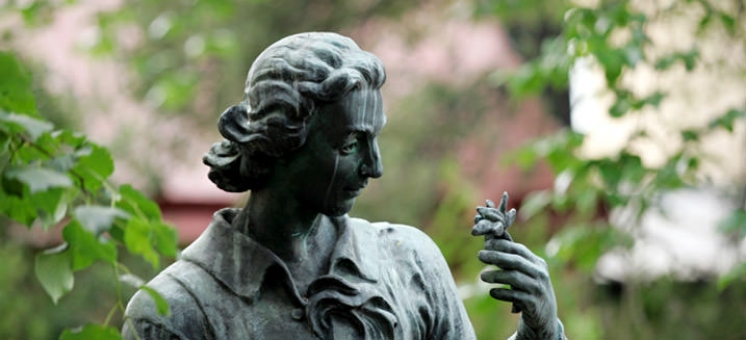
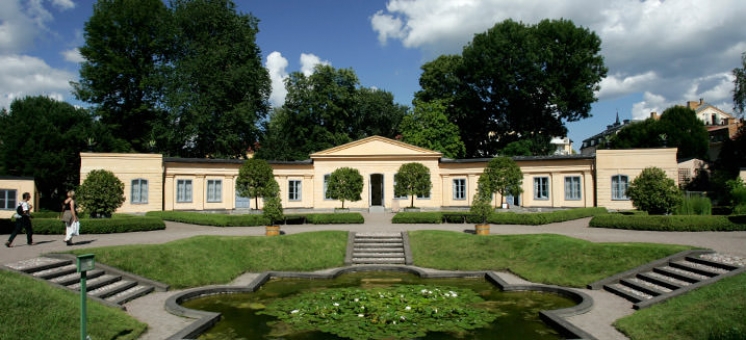
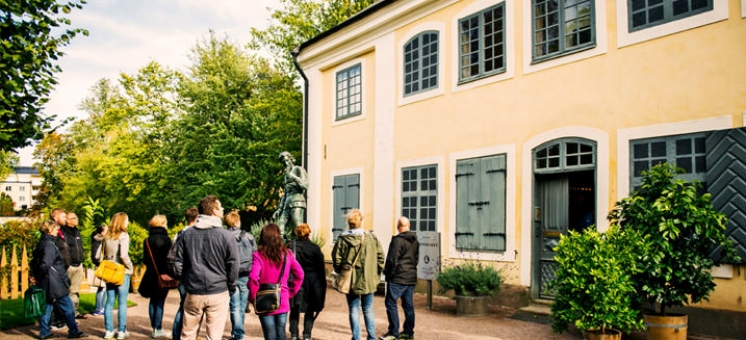
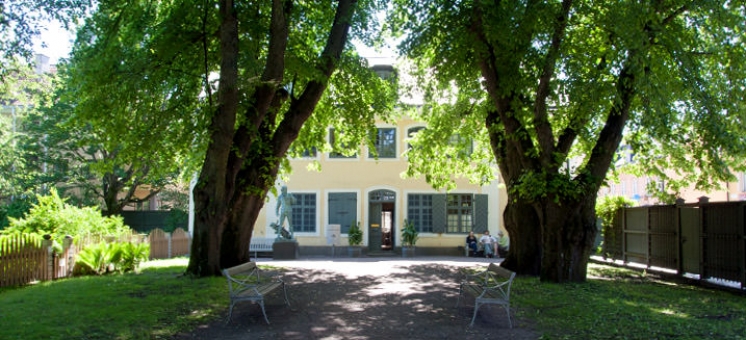

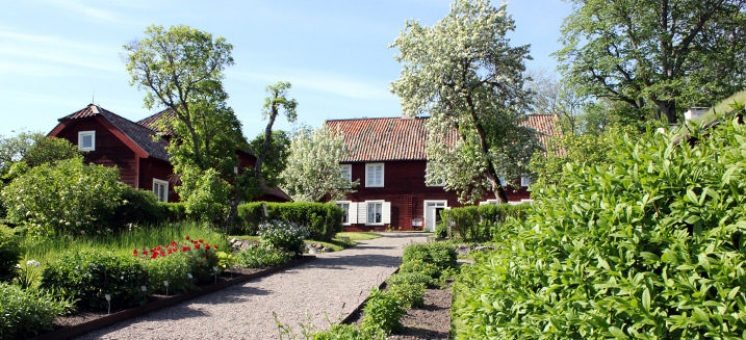
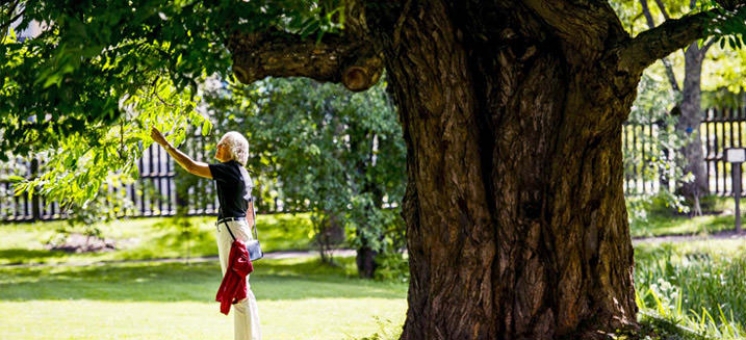
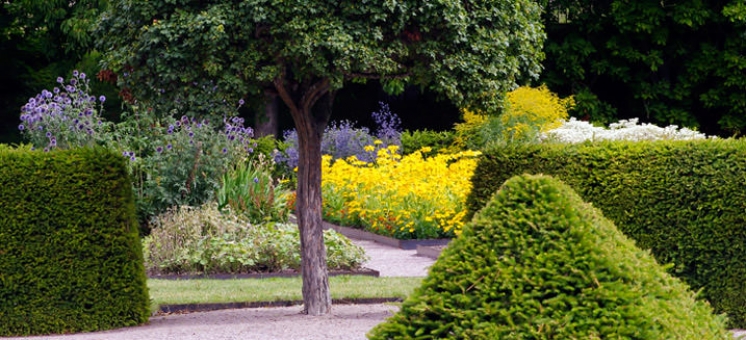
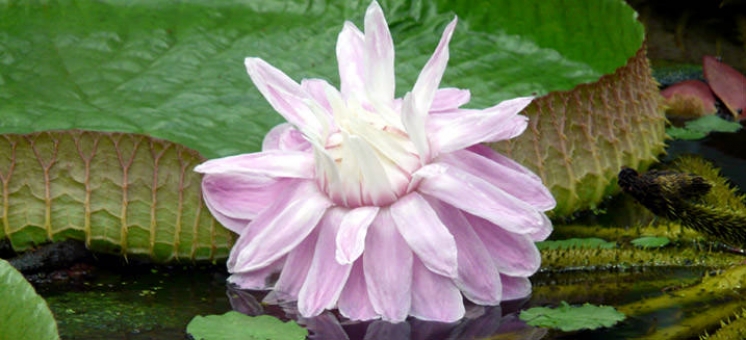
 Rosehip, buttercup or Linnea? Make our floral tests based on knowledge from both Linnaeus botany and Jungian psychology. Go to the test.
Rosehip, buttercup or Linnea? Make our floral tests based on knowledge from both Linnaeus botany and Jungian psychology. Go to the test.

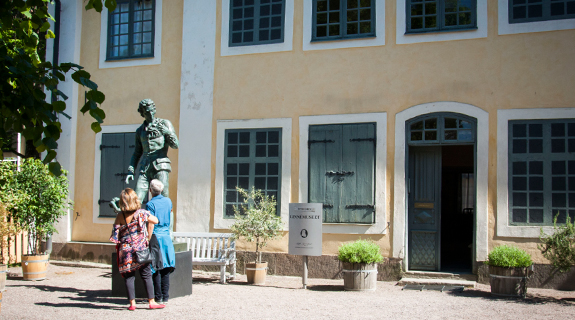 Step right into the 18th century and the home of Carl Linnaeus.
Step right into the 18th century and the home of Carl Linnaeus.